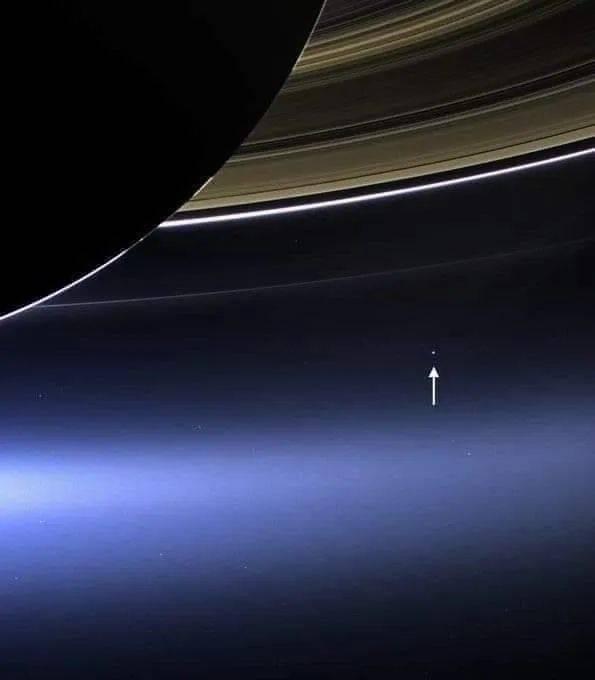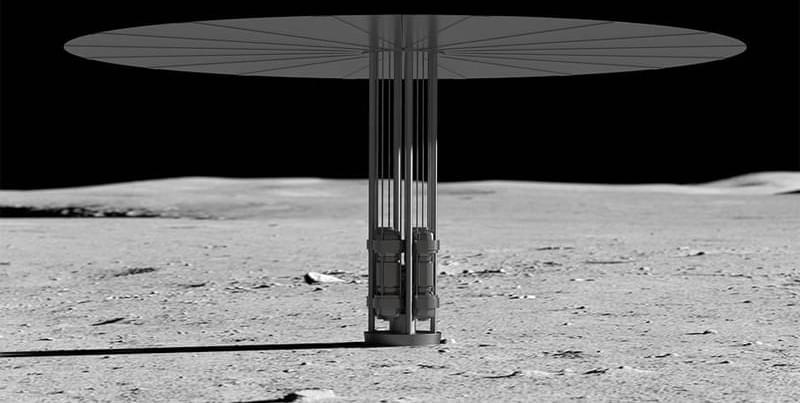An image from the Hubble Space Telescope shows a galaxy cluster named Abell 1,351, so unimaginably massive it is bending space-time itself.
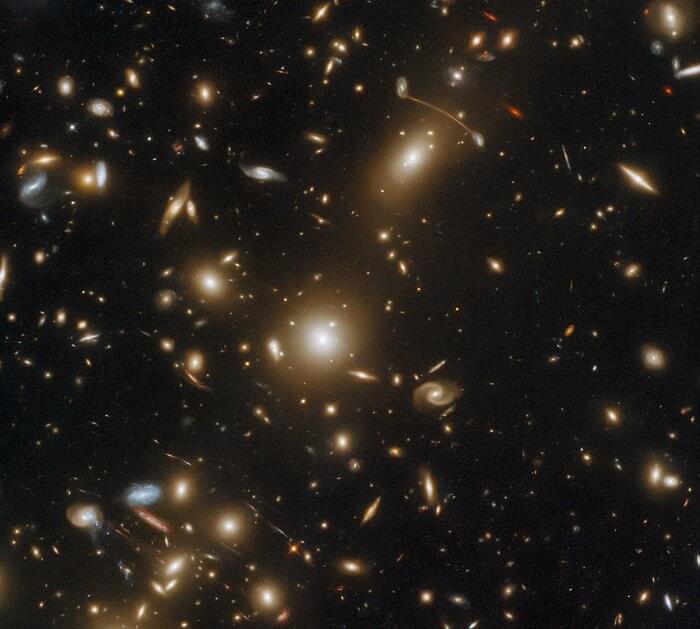


Now look out past the sun, way beyond. Most of the stars harbor planets of their own. Astronomers have spotted thousands of these distant star-and-planet systems. But strangely, they have so far found none that remotely resemble ours. So the puzzle has grown harder: Why these, and why those?
The swelling catalog of extrasolar planets, along with observations of distant, dusty planet nurseries and even new data from our own solar system, no longer matches classic theories about how planets are made. Planetary scientists, forced to abandon decades-old models, now realize there may not be a grand unified theory of world-making—no single story that explains every planet around every star, or even the wildly divergent orbs orbiting our sun. “The laws of physics are the same everywhere, but the process of building planets is sufficiently complicated that the system becomes chaotic,” said Alessandro Morbidelli, a leading figure in planetary formation and migration theories and an astronomer at the Côte d’Azur Observatory in Nice, France.
Still, the findings are animating new research. Amid the chaos of world-building, patterns have emerged, leading astronomers toward powerful new ideas. Teams of researchers are working out the rules of dust and pebble assembly and how planets move once they coalesce. Fierce debate rages over the timing of each step, and over which factors determine a budding planet’s destiny. At the nexus of these debates are some of the oldest questions humans have asked ourselves: How did we get here? Is there anywhere else like here?
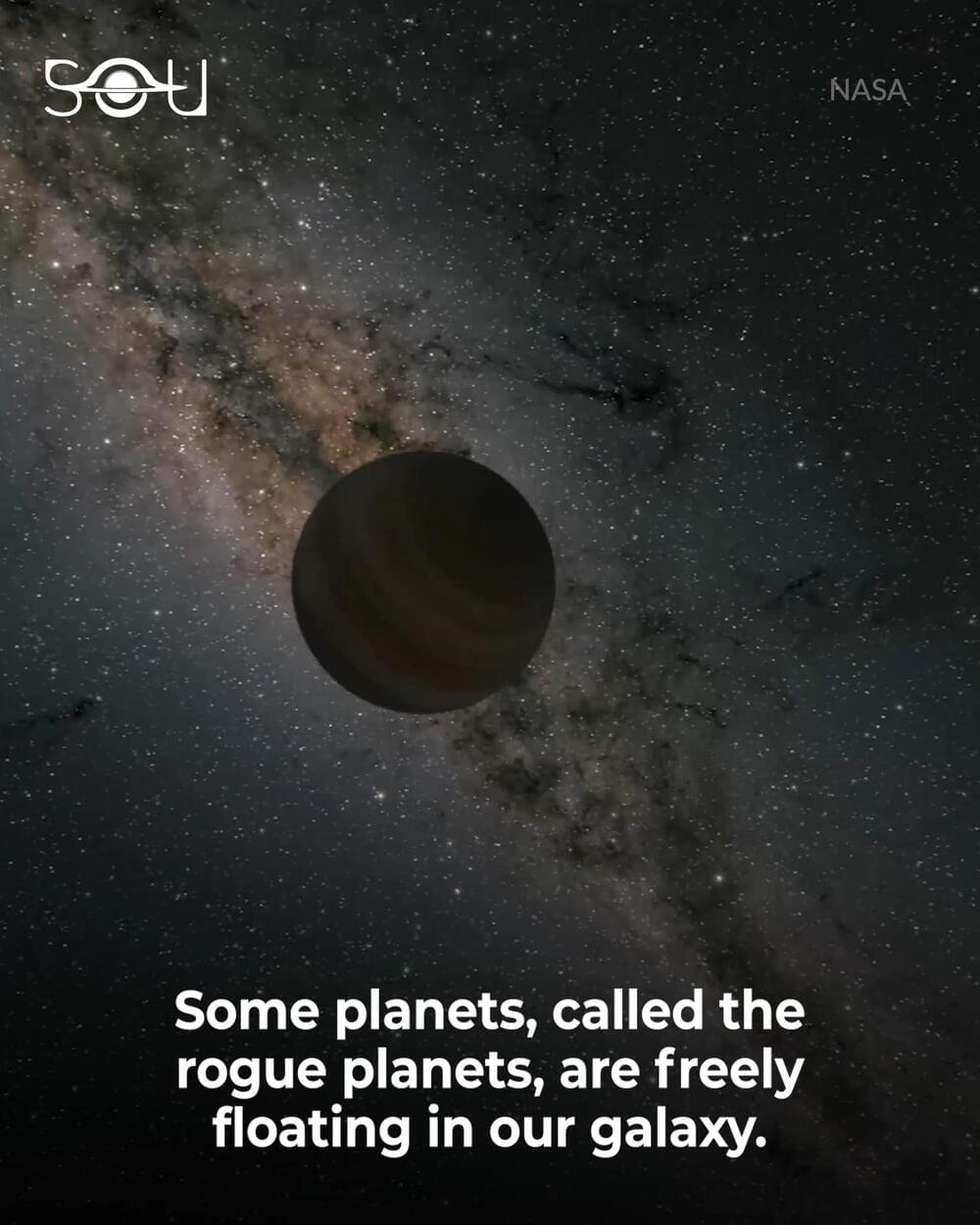
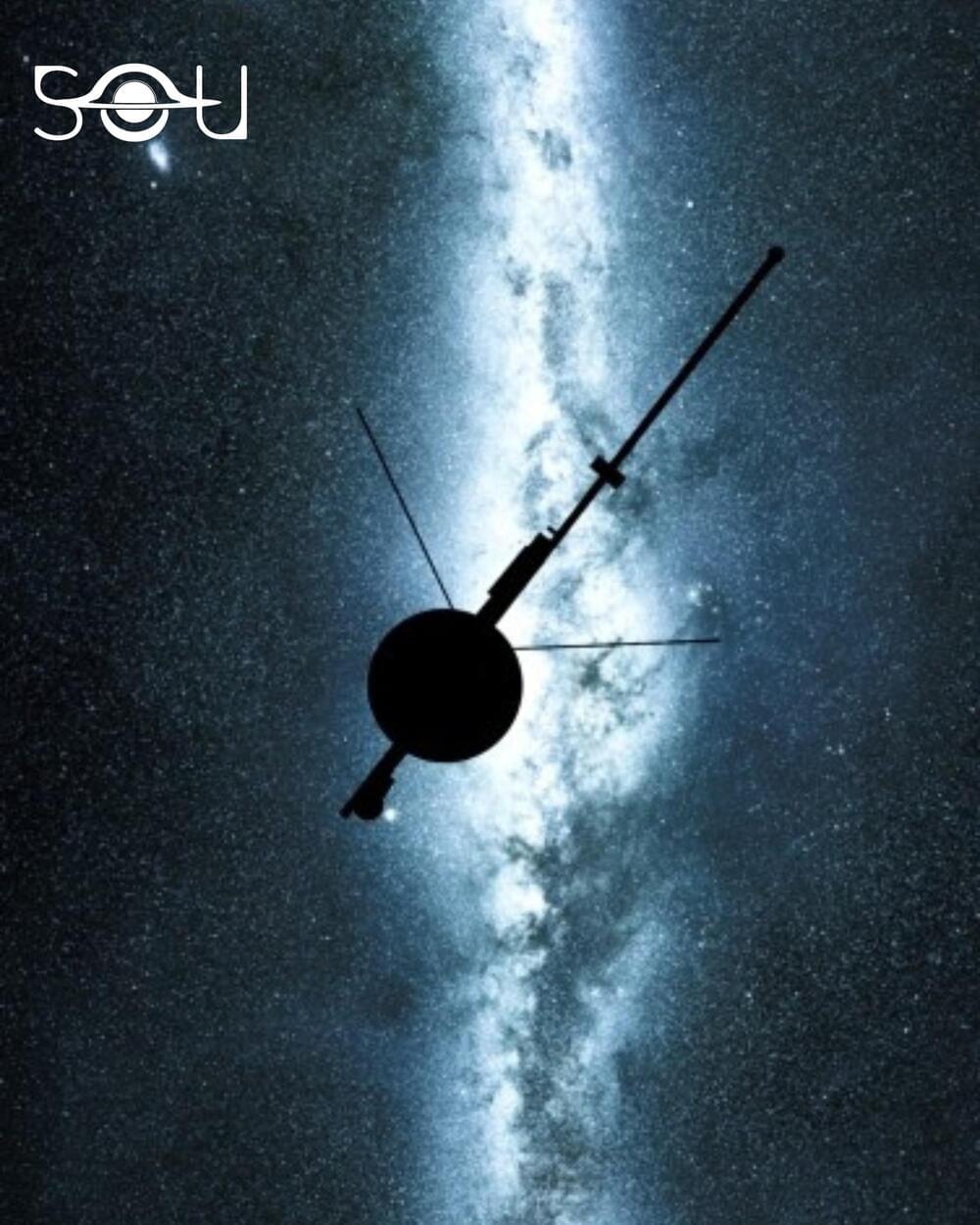

It’s time to #UnfoldTheUniverse. Watch as the mission team reveals the long-awaited first images from the James Webb Space Telescope. Webb, an international collaboration led by NASA with our partners the European Space Agency and the Canadian Space Agency, is the biggest telescope ever launched into space. It will unlock mysteries in our solar system, look beyond to distant worlds around other stars, and probe the mysterious structures and origins of our universe and our place in it.
All about Webb: https://webb.nasa.gov
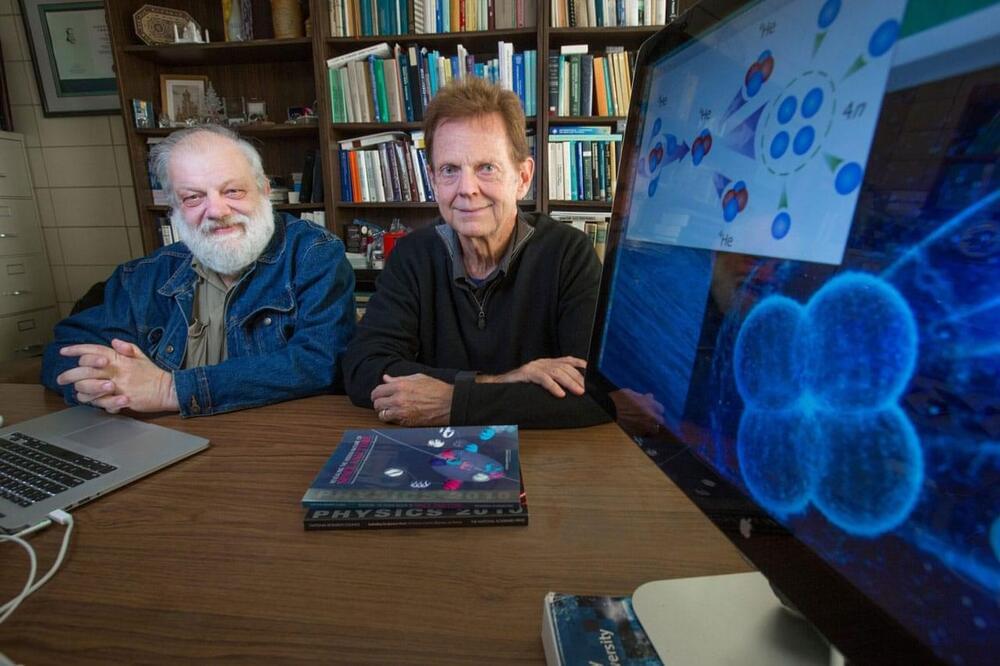
A long-standing question in nuclear physics is whether chargeless nuclear systems can exist. Only neutron stars represent near-pure neutron systems, where neutrons are squeezed together by the gravitational force to very high densities. The experimental search for isolated multi-neutron systems has been an ongoing quest for several decades, with a particular focus on the four-neutron system called the tetraneutron, resulting in only a few indications of its existence so far, leaving the tetraneutron an elusive nuclear system for six decades.
A recently announced experimental discovery of a tetraneutron by an international group led by scientists from Germany’s Technical University of Darmstadt opens doors for new research and could lead to a better understanding of how the universe is put together. This new and exotic state of matter could also have properties that are useful in existing or emerging technologies.
The first announcement of tetraneutron was done by theoretical physicist James Vary during a presentation in the summer of 2014, followed by a research paper in the fall of 2016. He has been waiting to confirm reality through nuclear physics experiments.

